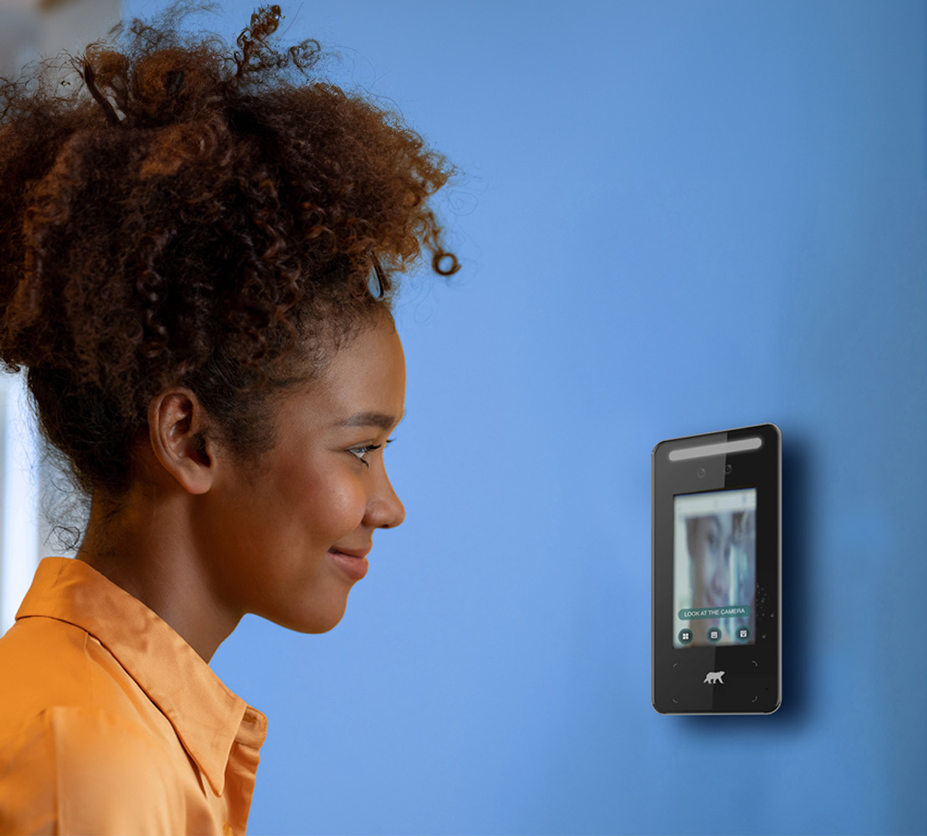
Time Tracking: How Has it Evolved throughout the Years?
"Each officer tossed a marked coin into a slot in the outer case at the start of their working day. If it was too late, you could tell by the position of the coin in the inner case".
The subject of time recording has not only been around since the ruling by the Federal Court of Justice; models for recording working times have been around since the late 18th century.

A special clock was developed for this purpose, inside of which there was a compartment divided into additional compartments that moved over time. The outer case of the watch, on the other hand, was rigid. Each officer tossed a marked coin into a slot in the outer case at the start of their working day. If it was too late, you could tell by the position of the coin in the inner case.
“Stamping” – The emergence of an efficient time tracking system
With the advancement of industrialisation in the 19th century, workers increasingly moved into the group of people who had to be controlled. Richard Bürk, a German inventor, applied for a patent in 1879 for an invention that was supposed to measure the presence and length of stay of employees. His invention was considered the first-time recording system. However, it was easy to manipulate.
In 1897, Bürk developed the so-called “Billeteur”. This was a system in which the working hours of employees were stamped on a card. Nevertheless, the invention of this device marked the beginning of modern time recording. In 1910 a time card machine called the “International Recorder” made its breakthrough on the market and made time recording possible for every company.
How time is tracked today
The term “stamping” is still anchored in people’s minds today when it comes to time recording. However, of course, today’s time recording systems no longer have anything in common with the old systems. Due to increasing digitalisation, time recording is starting its shift towards PC applications, apps and terminals.
Newer forms of time management systems include the use of biometric time and attendance systems. These are devices that record the times that an employee has ‘clocked-in’ at work and therefore helps employers track the attendance and the number of hours spent working so that efficiency within the business can be monitored. The other advantage is that due to its use of biometric technology such as fingerprint scanning, the data can’t be falsified. No clocking in of workmates when they’ve running a little late, nor clocking out if someone wants an early finish. The times are accurate; timesheet collation and reporting has become much quicker and easier, as a result, saving hours of management time, let alone stopping time theft.
Find out more, transform Your Time & Attendance management today and streamline processes,
reduce manual errors & free up valuable time. Safeguard your business today, with customer-focused security solutions.
For more information, contact the team at Almas Industries today to discuss biometric access control, biometric readers, or facial scanners for your business. You can call us on 0333 567 77 99 or email us: [email protected]



